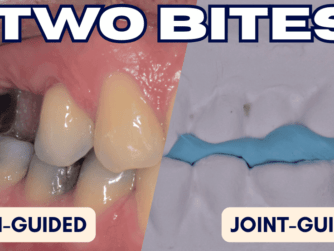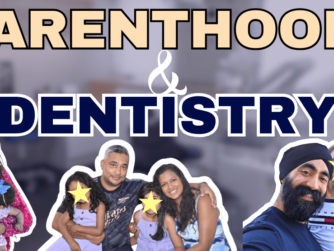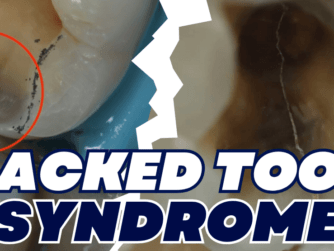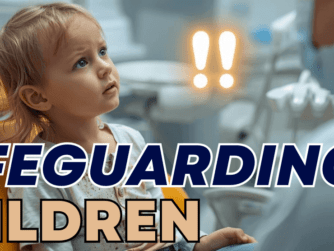Podcast: Play in new window | Download (Duration: 1:20:53 — 113.5MB)
Subscribe: RSS
“Wait, Dentists still carry out Equilibration?!”, that was the reply in our recent discussion on the Protrusive Telegram group when I announced this episode. Yes, Saranga, they still do! The topic of occlusal equilibration is a very controversial one. In this episode you’ll realise the WHY and HOW an equilibration is carried out by one of the best Dentists I ever had a pleasure of shadowing (and also one of the most precise and OCD Dentists I know!) Dr Koray Feran.
Let us learn more about the potential benefits and challenges of equilibration with Dr. Koray Feran, who is a wet fingered practitioner of the highest calibre.
Protrusive Dental Pearl: When you have a patient who has a crowding and they want veneers, and you want to convince them to have some orthodontics first….. Instead of saying, “Oh, I have to remove this part of the tooth.” You could instead say “I don’t want to have to remove your healthy body parts to be able to achieve this goal.” Language is powerful!
“Equilibration is one bit of the pie, it’s a tool. It’s not a magical process. It’s to resolve a situation that you’ve diagnosed.” – Dr. Koray Feran
In this episode, we talked about,
- Does equilibration matter? 9:38
- What is equilibration? 11:59
- What are we trying to achieve in equilibration? 21:12
- When should finding centric relation be a part of examination protocol? 29:18
- We discuss full mouth comprehensive dentistry and preventing failure 33:32
- Orthodontics is full mouth rehab! 49:26
- Risks and Benefits of Equilibration 46:00
- Fundamental rules of Occlusal Equilibration 52:33
- Protocol after equilibration 57:09
- Why is equilibration not routinely practiced by Dentists? 1:02:12
To learn more about equilibration, check out Dr. Koray’s occlusion course!
If you loved this episode, you will definitely like If You’re Not In CR, You Will Die with Dr Kushal Gadhia!







